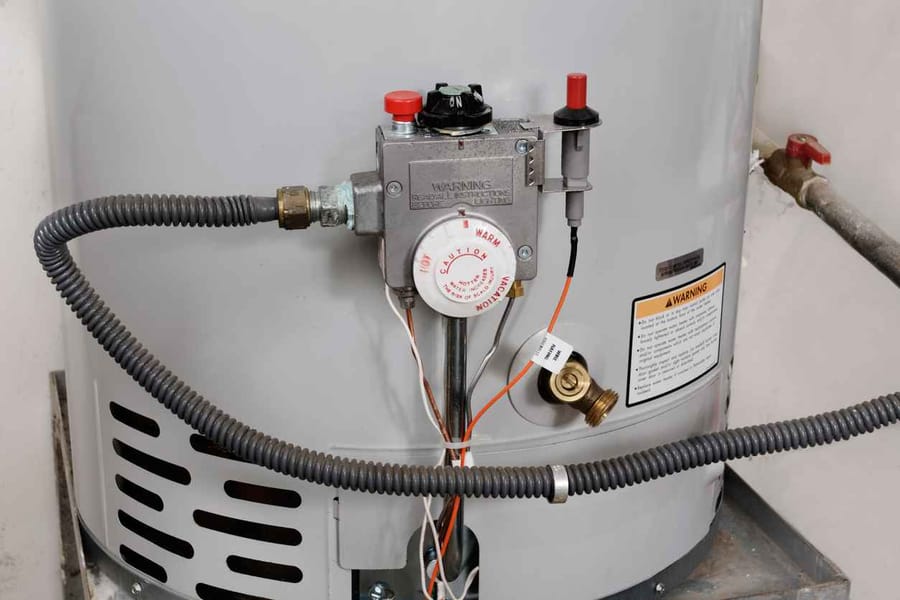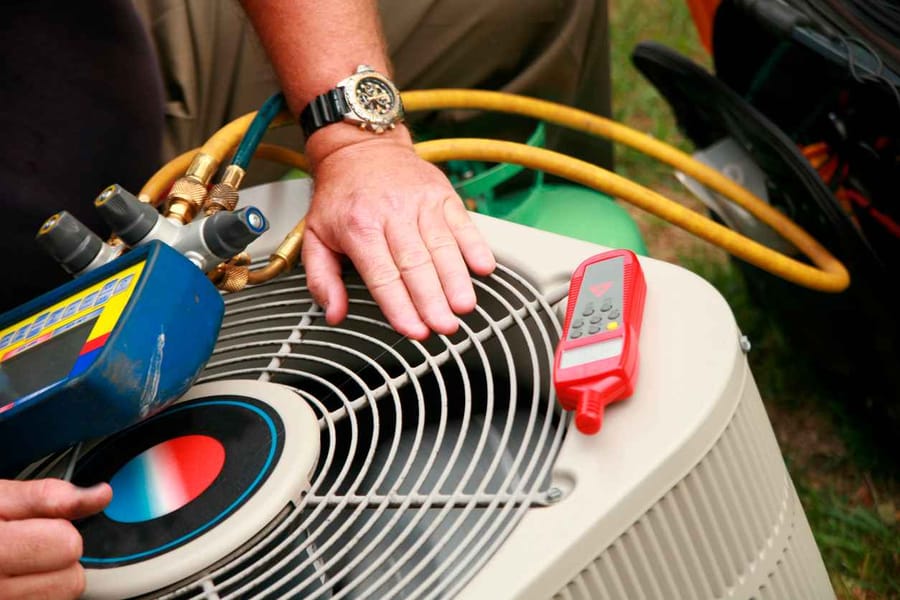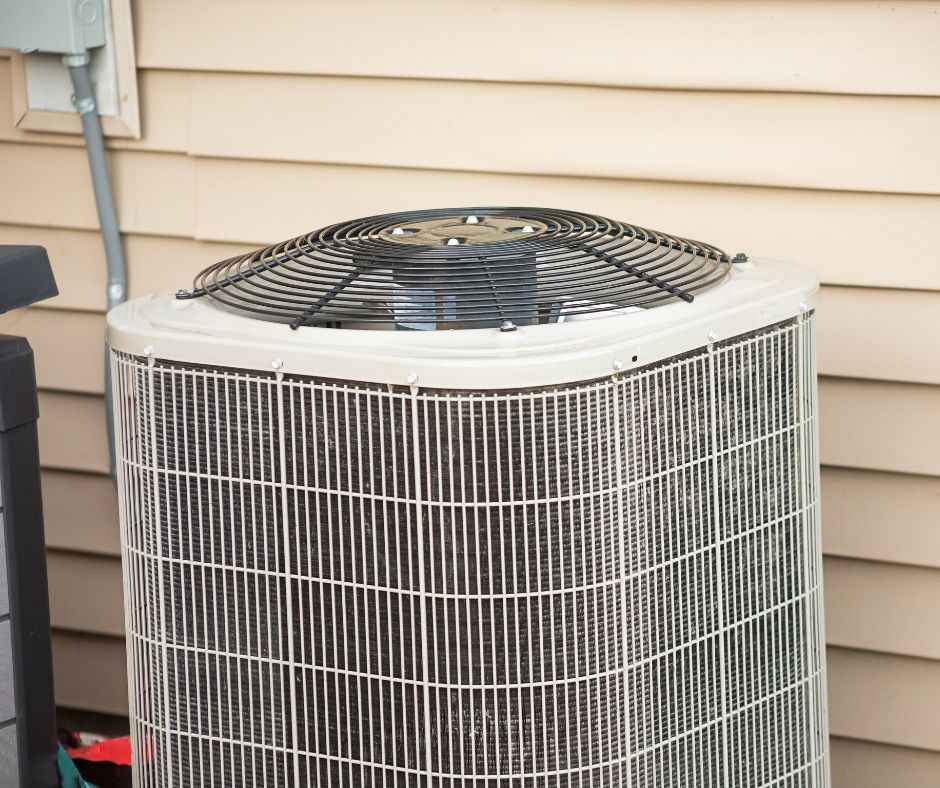How to Spot Leaks Before They Drain Your Wallet
How to Spot Leaks Before They Drain Your Wallet
Water leaks might seem like a small issue at first, but they can quickly lead to big problems. From higher water bills to structural damage, catching leaks early can save you a lot of money and stress. Fortunately, there are several easy ways homeowners can detect leaks on their own before calling in the pros. Whether it’s a dripping faucet or something hidden behind the walls, knowing what to look for is key. This guide will walk you through common warning signs, smart monitoring tips, and places where leaks often lurk.
Watch for the Telltale Signs
Most leaks start small—but they often leave behind clues. Be on the lookout for discolored spots on your ceilings or walls, which could indicate moisture inside the drywall. Warped flooring or a musty odor in certain rooms can also signal a slow, hidden leak. Don’t ignore even minor changes in your home’s appearance—leaks can cause long-term damage if left unchecked.
Check Common Leak Zones
Some areas in your home are more prone to leaks than others. Giving these spots a quick inspection now and then can help you catch problems early. Pay close attention to:
-
Under sinks and around faucet connections
-
Toilets and the base of the toilet tank
-
Water heaters and their surrounding area
-
Behind appliances like washing machines and dishwashers
-
Outside spigots and irrigation systems
Take time to check for moisture, rust, or corrosion in these places, especially after heavy usage or seasonal changes.
Monitor Your Water Bill
Your monthly water bill can be a helpful tool in detecting leaks. If you notice a sudden spike in your usage and nothing in your routine has changed, it might be due to a hidden leak. Compare your current bill to past months and keep an eye on gallons used rather than just the dollar amount. Even small leaks, like a running toilet, can waste hundreds of gallons each month and drive your costs up fast.
Use DIY Leak Detection Tools
There are plenty of simple tools you can use to help find leaks around your home. These don’t require a plumber’s license or a big investment—and they can give you peace of mind.
-
Food coloring test: Add a few drops of food coloring to your toilet tank. If color appears in the bowl within 15–30 minutes without flushing, you’ve got a leak.
-
Water meter check: Turn off all faucets and water-using appliances, then watch your water meter. If it’s still moving, there’s likely a leak somewhere.
-
Moisture meters: These handheld devices can detect water buildup behind walls, under floors, or in other hidden areas.
These methods can help you pinpoint issues before they cause damage.
Know When to Call a Pro
While DIY checks can be effective, some leaks are too well-hidden or complicated to tackle alone. If you’ve found mold, persistent dampness, or unexplained water pressure issues, it’s time to bring in a licensed plumber. They have the tools and experience to detect leaks behind walls, under slabs, and in your main water line. Acting fast can prevent structural damage and help protect your home’s long-term value.
Wrap-Up: Stay Ahead of Leaks with Simple Prevention
Catching leaks early doesn’t just protect your home—it saves you money, time, and frustration in the long run. From checking common trouble spots to using simple DIY tools, a little vigilance can go a long way. The more you stay on top of small signs, the less likely you are to face a big plumbing emergency down the road. And when the issue feels too complex to handle alone, don’t hesitate to call in a professional. For expert leak detection and plumbing support, contact the trusted team at King of Home Solutions.
Recent News

How to Tell When It’s Time to Replace Your Water Heater in Florida

Why Jacksonville Homes Face More Plumbing Issues After Heavy Rain

Monthly HVAC & Plumbing Maintenance Checklist to Avoid Big Repairs

5 Signs to Spot Clogged Drains Early

What to Do When Your AC Stops Working in 90° Heat

Energy Tax Credits for HVAC and Plumbing: What Homeowners Need to Know

Why is My Air Conditioner Leaking Water?
Get in Touch
